Optimal Timing for Subfloor Repairs
Determining the optimal time for subflooring repairs involves assessing environmental conditions, structural integrity, and usage patterns. Repairs are best scheduled when the climate is dry to prevent moisture-related issues and when access to the affected area is feasible for renovation work. Addressing subfloor issues promptly can prevent further damage and costly repairs.
Spring and summer typically offer better conditions for subfloor repairs due to lower humidity and stable temperatures.
Visible sagging, creaking, or uneven flooring suggest the need for immediate inspection and possible repairs.
High moisture environments can worsen damage; repairs should be scheduled during dry periods to ensure proper drying and installation.
Planning repairs during off-peak times can minimize disruption and allow for thorough assessment and execution.
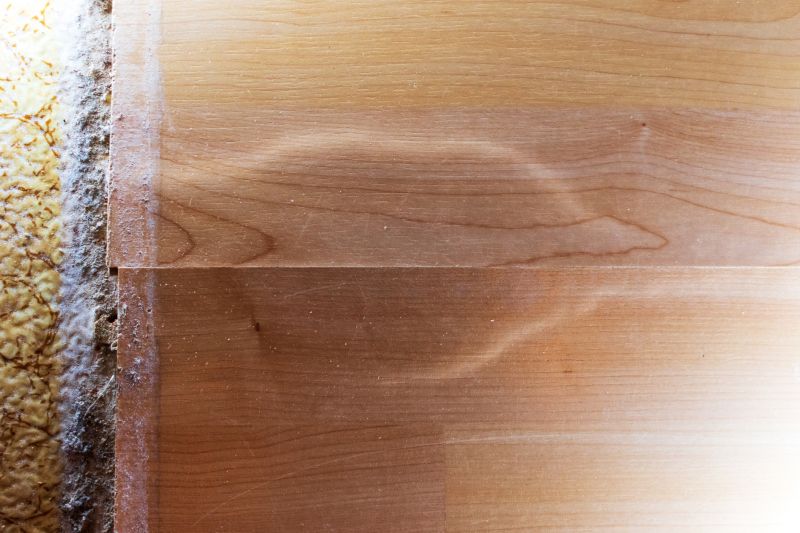
Close-up of compromised subflooring showing water damage and warping.
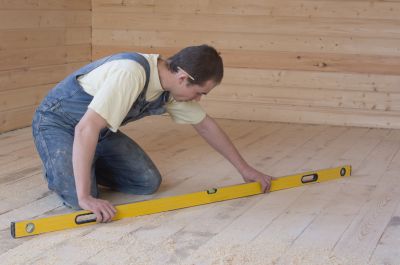
Tools and materials ready for installation during a dry season.
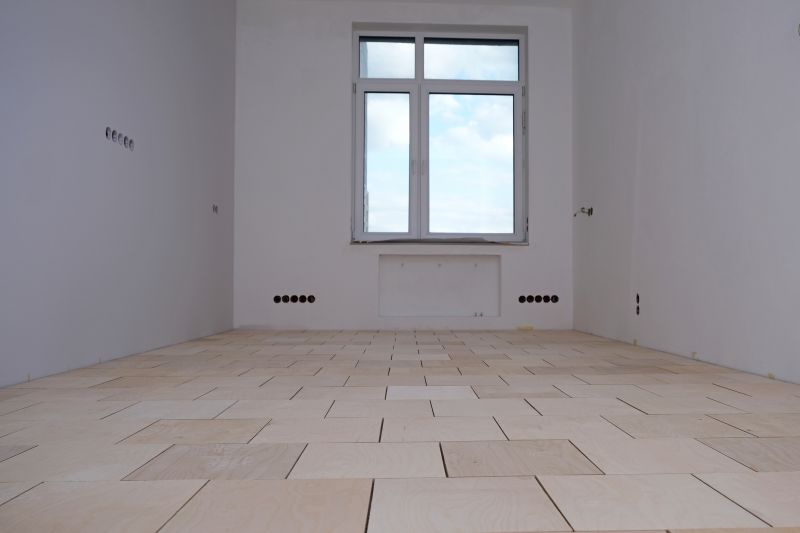
Removing flooring to assess structural integrity before repairs.

Ways to make Subflooring Repairs work in tight or awkward layouts.
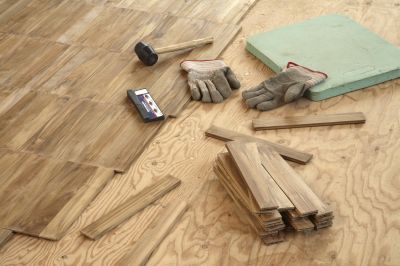
Popular materials for Subflooring Repairs and why they hold up over time.

Simple add-ons that improve Subflooring Repairs without blowing the budget.
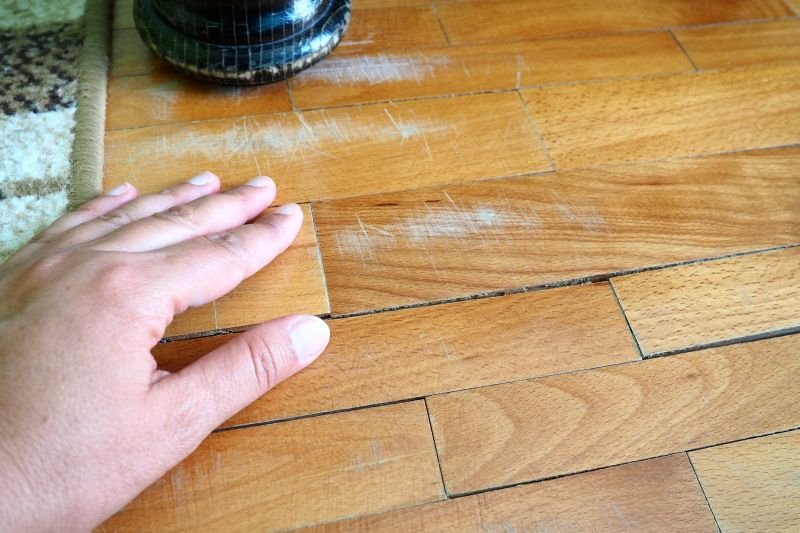
High-end options that actually feel worth it for Subflooring Repairs.

Finishes and colors that play nicely with Subflooring Repairs.
| Factor | Recommended Timing |
|---|---|
| Weather Conditions | Dry and stable weather for at least 48 hours |
| Structural Damage | As soon as damage is detected |
| Moisture Levels | During low humidity periods |
| Project Scheduling | Off-peak seasons to minimize disruption |
| Long-term Maintenance | Regular inspections in dry seasons |
Subflooring repairs are essential for maintaining the stability and safety of flooring systems. Over time, issues such as water damage, rot, and structural wear can compromise the integrity of subflooring. Addressing these problems promptly helps prevent further damage to flooring and prevents potential safety hazards. Proper repair techniques restore the subfloor's strength and can improve indoor air quality by eliminating mold and mildew growth caused by moisture intrusion.
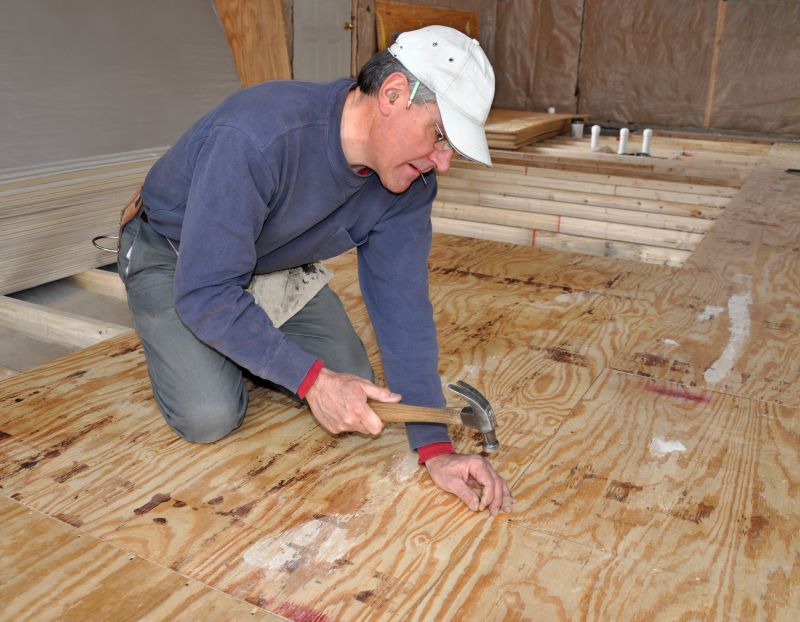
Finished subfloor ready for new flooring installation.

Visual of water damage on subflooring material.
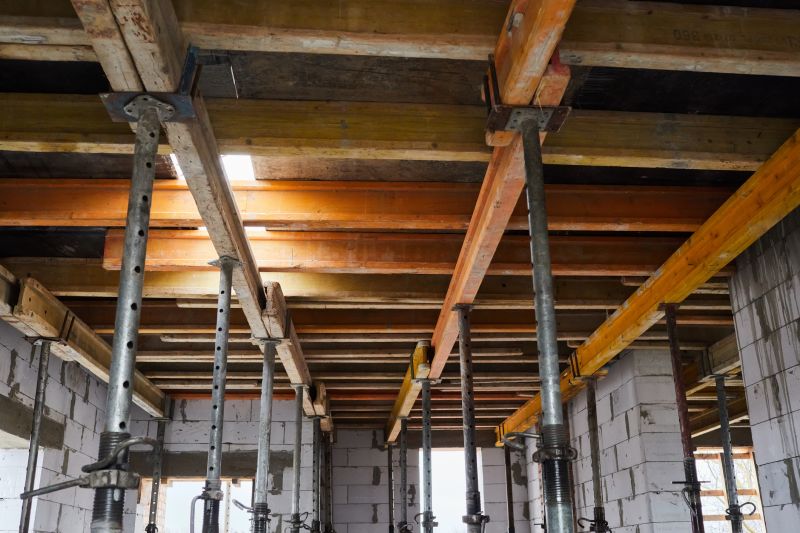
Support beams installed during repair process.
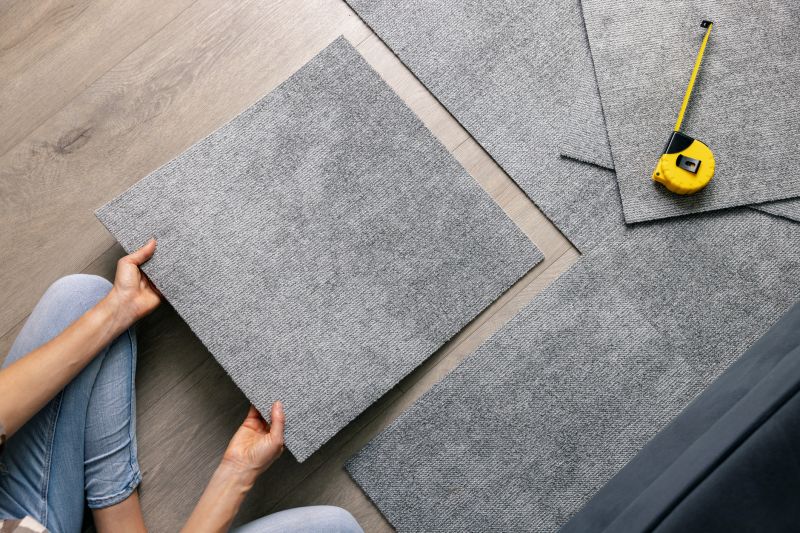
Technician assessing subfloor condition.
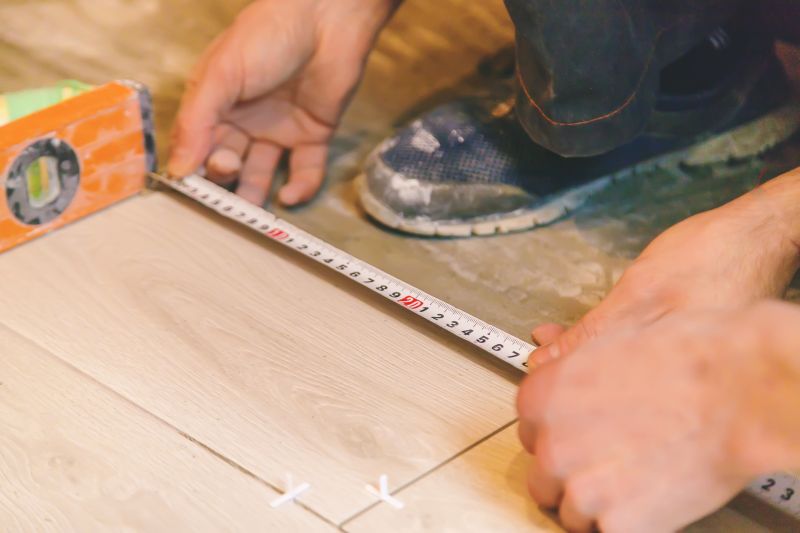
Little measurements that prevent headaches on Subflooring Repairs day.
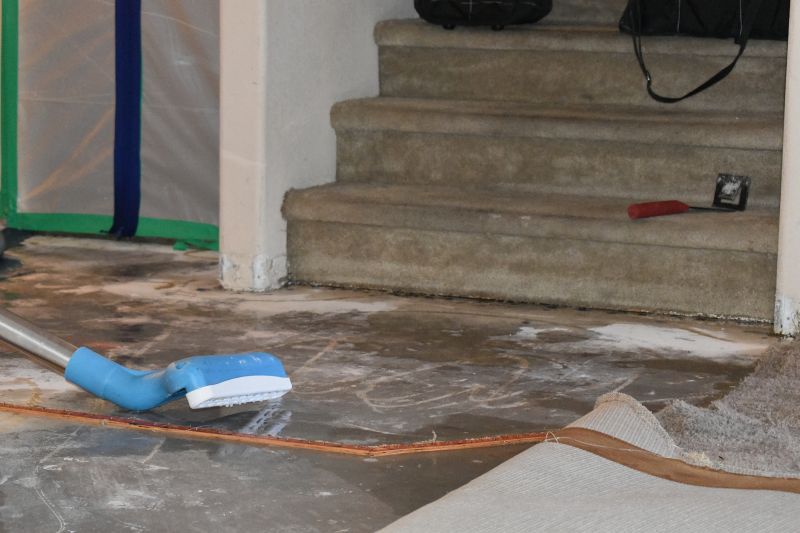
A 60-second routine that keeps Subflooring Repairs looking new.
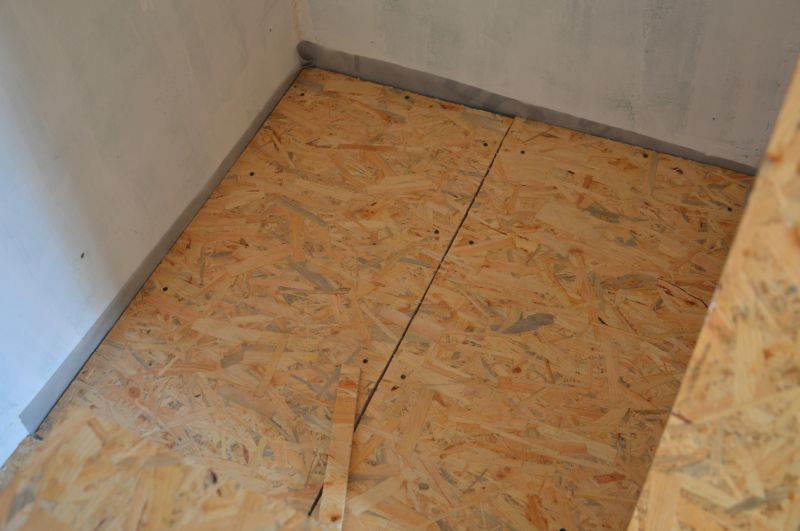
A frequent mistake in Subflooring Repairs and how to dodge it.
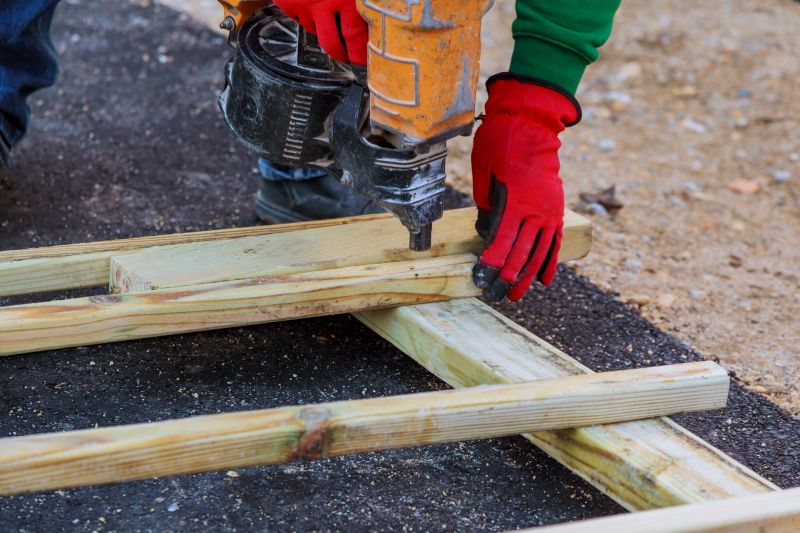
Small tweaks to make Subflooring Repairs safer and easier to use.
Interested parties are encouraged to contact for further information or to schedule an inspection. Prompt attention to subflooring issues can help maintain the safety and durability of flooring systems, ensuring long-lasting results and structural stability.



